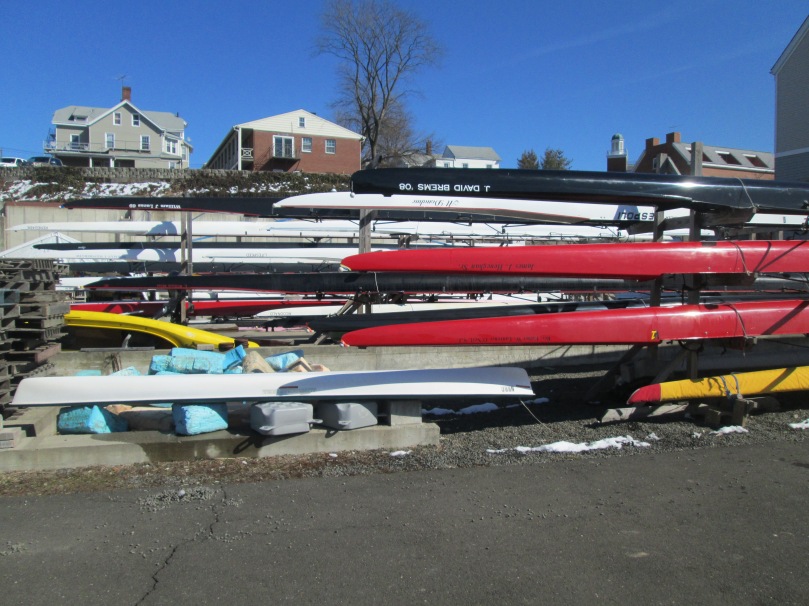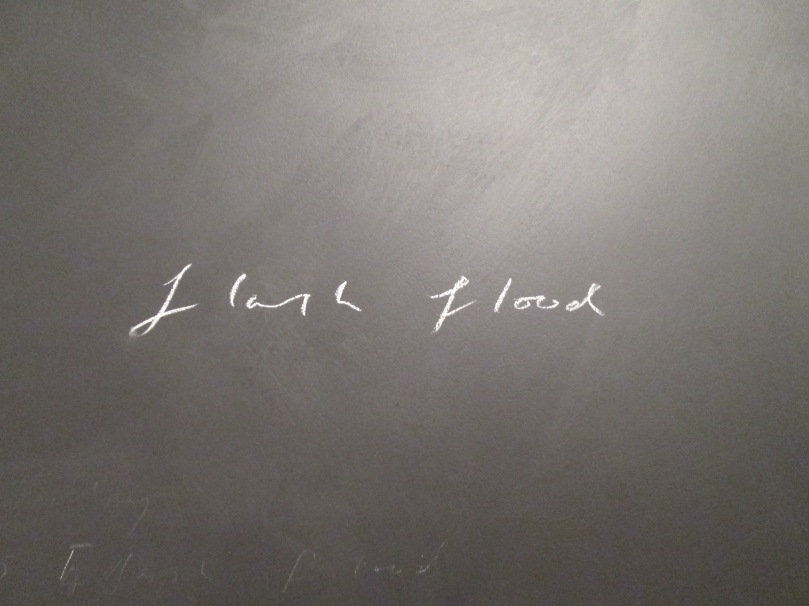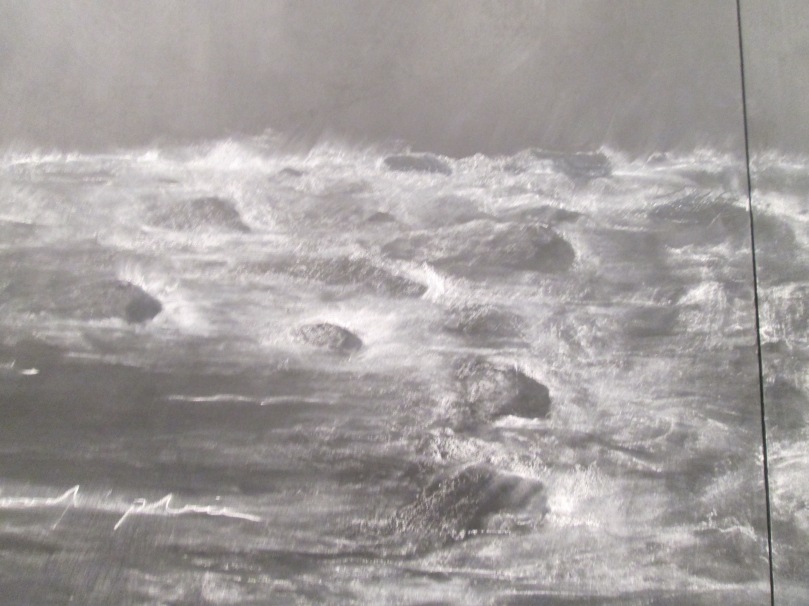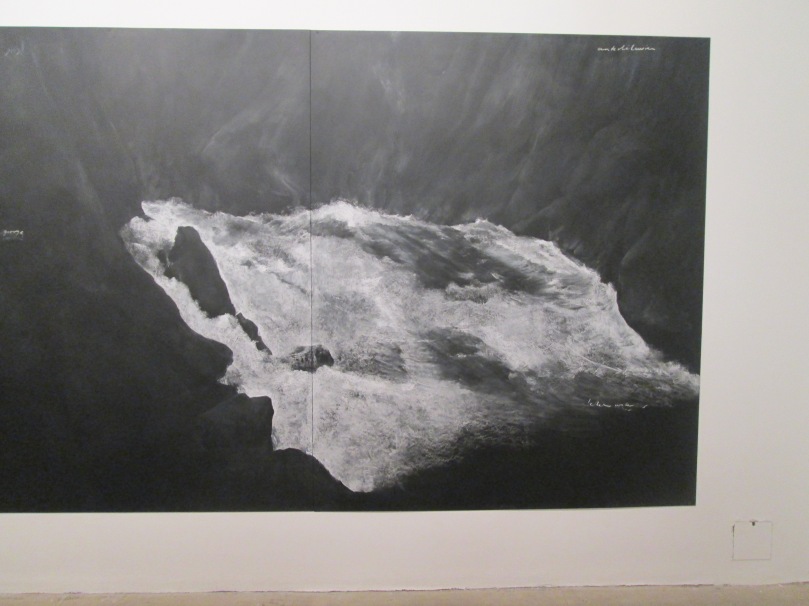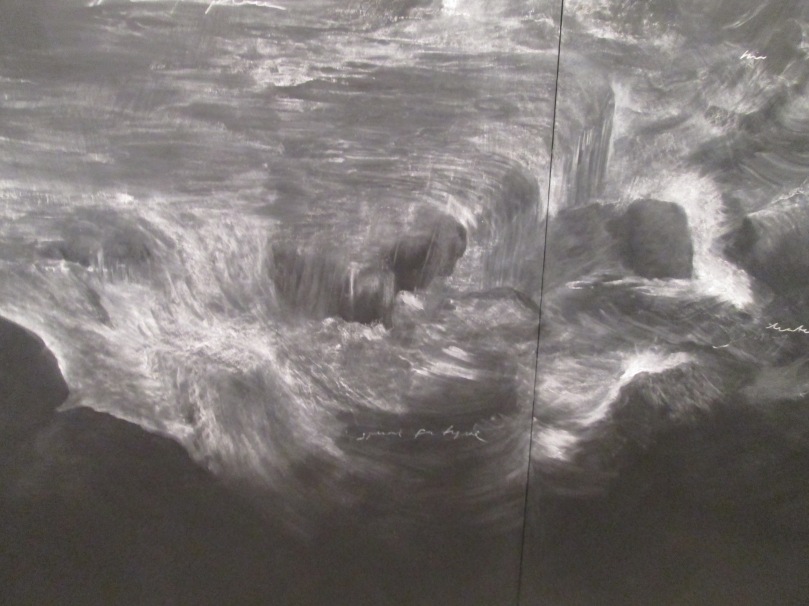Another day, another 5:45am bus ride to the Norwalk River. In most respects it was a typical practice. We get out of the heated van and into the tent, where we must remove our sweatpants and any other loose clothing. Some people take a jog around the condominiums nearby, as if that’s going to do anything. As usual the coxswain shouts her commands: Hands on! Out on 2! One, two! Watch the riggers! Way enough! There is the usual rush to lock the oars in, take our shoes or boots off and throw them in a box, then get in the boat and ‘push off’ before the next boat comes down to the dock.
Today was the coldest day it’s been since before spring break, not to mention that we turned the clocks an hour forward last week, and therefore the sun comes up an hour later than before. As we rowed through the channel we saw shards of ice floating along. As we exited the channel we were accompanied by several fishing boats, who despite their kindness in not running straight into us, inadvertently created waves that made ‘setting the boat’ a difficult task. The fortunate thing about being in the boat as opposed to one of the observers with the coach in the launch is the warmth from actually doing something. Those in the launch spend the entire time shivering, while the rowers themselves really only get their hands cold. And they do get very cold, especially since you are supposed to grip the oar at all times. I like to play the “Does John still have the capability of moving his fingers and toes” game with myself whenever I get a pause, and on a day like today it was always questionable.
When we finally got out of the water (a bit early fortunately, since our coach was ready to get out of the water and into the van, despite his warm coat and not-so-warm coffee), there was ice all over the bottom of the boat and on the oars. No point in washing off the boat with the hose…that’s frozen as well. Back to the van. Naturally the radio is usually on the whole ride, so we were serenaded by Eddie Money as we pulled into Fairfield. It’s bizarre how trying to fight through cold at the beginning of the day makes me vulnerable to it for the rest of the day. Usually I’m fine in winter temperatures, but not anymore. I’m still shivering.
One of the guys really wanted a sunrise picture. This was around 7:15am, and we were still moving South away from the channel at this point. I’m 4-seat, so I’m 4th from the right in this picture.



